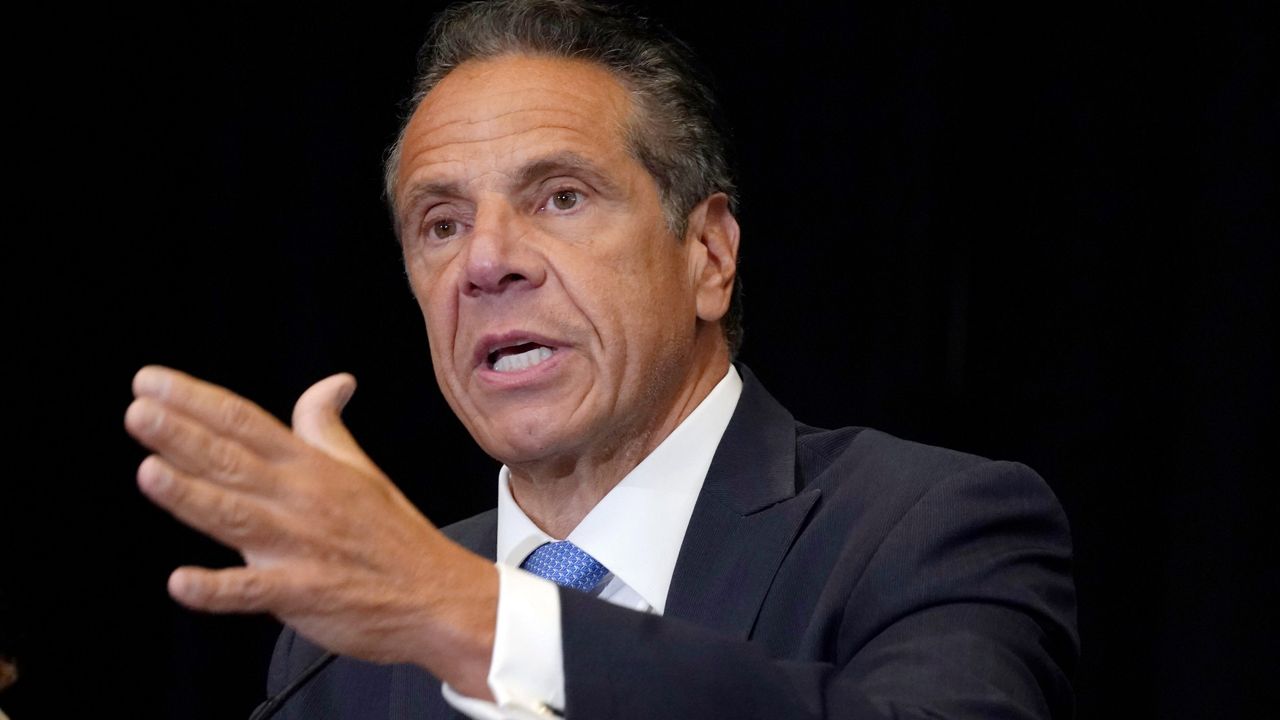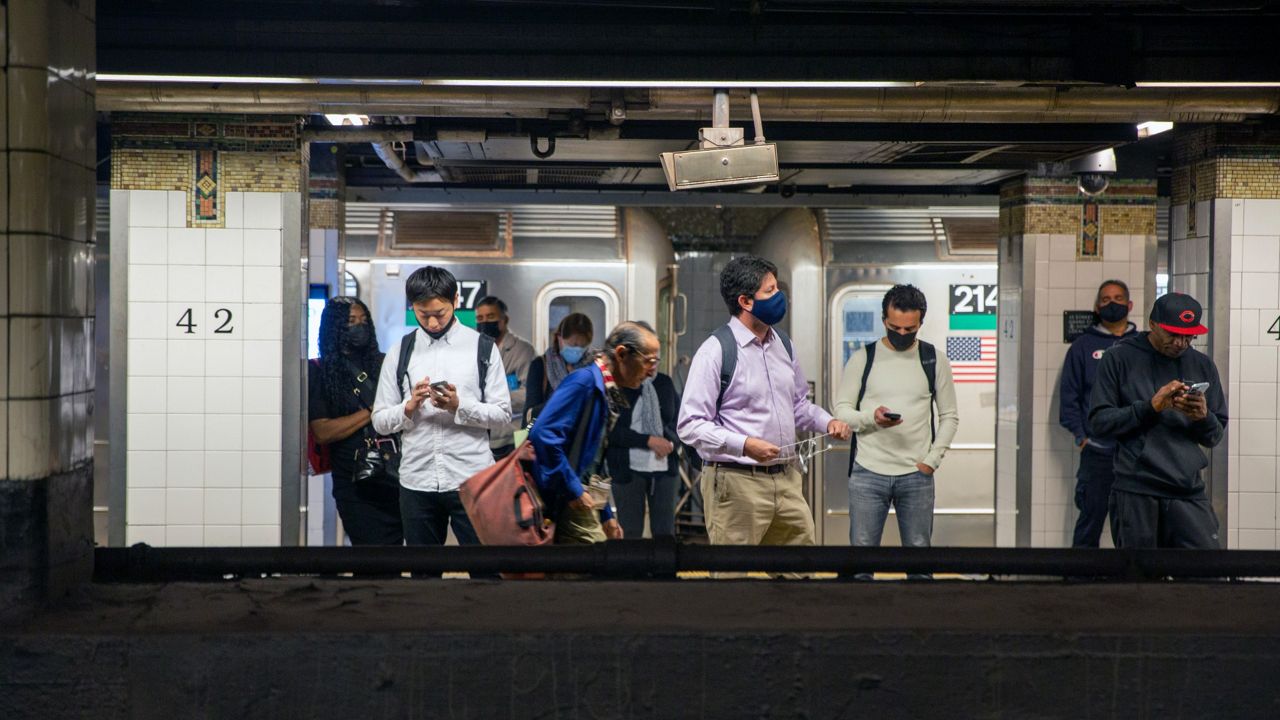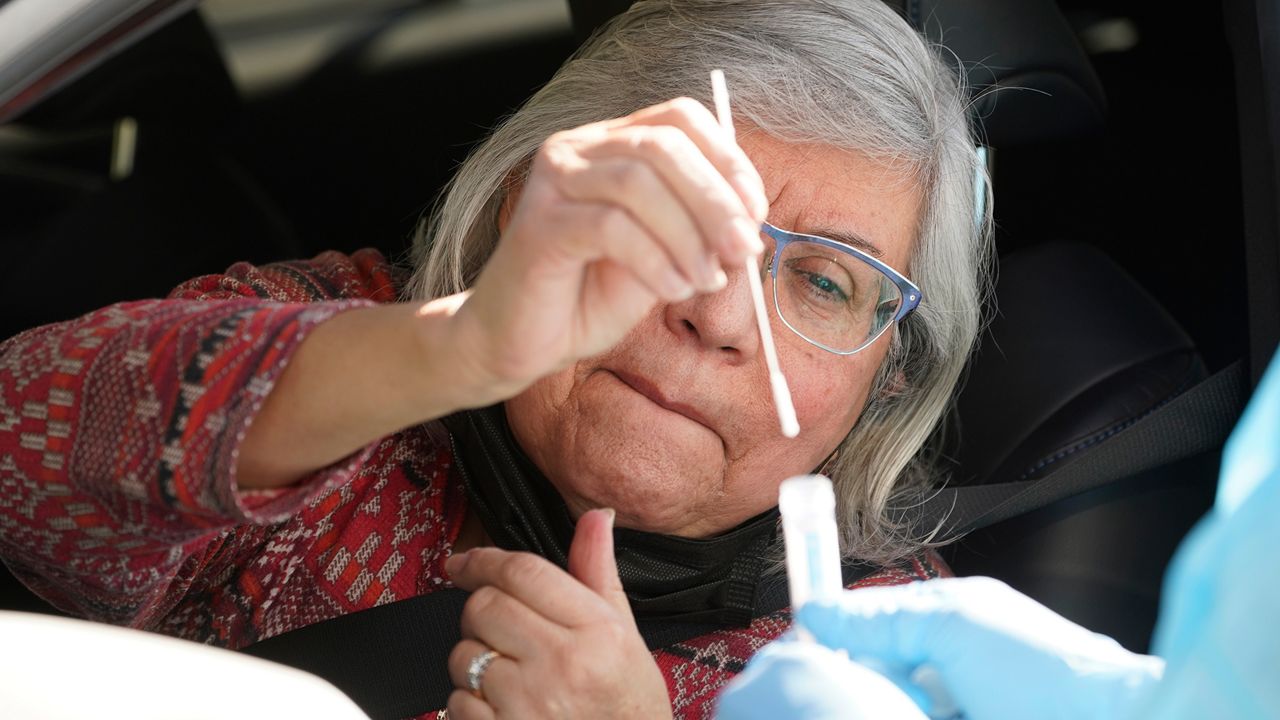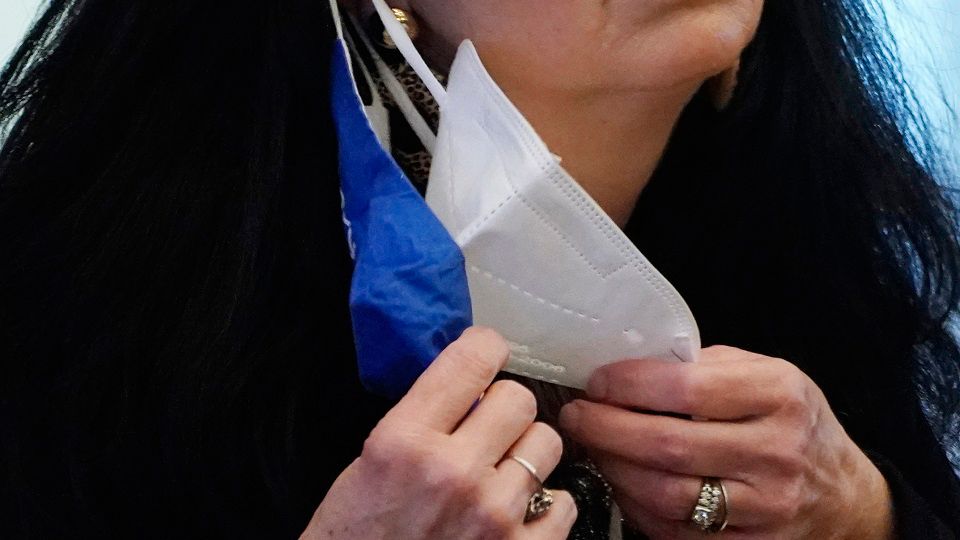NEW YORK – In October, Gov. Andrew Cuomo announced a new “micro-cluster” strategy in the state as an effort to curb the spread of COVID-19 amid a new wave of infections.
The strategy targets coronavirus spikes on a block-by-block basis through the designation of yellow, orange, and red zones. This allows the state to tackle small pockets of infections, in theory, without disrupting surrounding communities.
As the winter and holiday season approaches, and COVID-19 cases rise across the state, more communities and regions are being designated depending on the severity of the coronavirus infection rate.
Each zone provides guidelines on gatherings, business closures, and schools. The state distinguishes geographical areas between four tiers depending on population.
A community's tier will affect the state’s designation of yellow, orange, or red zones based on infection rate.
For example, a Tier 1 community like New York City or Buffalo requires a seven-day rolling average positivity rate above 2.5% for 10 days, and 10 or more daily cases per 100,000 residents on a seven-day average to reach yellow zone designation.
A Tier 3 community, which is much smaller in size, includes Chautauqua County. To reach yellow zone threshold, a Tier 3 community has a seven-day rolling average positivity rate above 3.5% for 10 days, and 15 or more new cases per 100,000 residents on a seven-day average.

For a full list of which communities are categorized in specific tiers, click here.
Yellow Zone
The least restrictive of the three zones, yellow zone designated areas have a 25 people maximum of non-residential gatherings, indoor and outdoor. Residential gatherings are limited to 10 people, indoor and outdoor.
Houses of worship must run at 50% maximum capacity. Non-essential businesses can remain open. Indoor dining and outdoor dining is permitted with a four-person maximum per table. Bars and restaurants close at 10 p.m. for on-premises consumption.
Schools can remain open but must fulfill 20% weekly testing of in-person students and faculty.
Orange Zone
Orange zone areas limit non-residential and residential gatherings to 10 people maximum, indoors and outdoors.
Houses of worship can operate at 33% of maximum capacity, or 25 people. Non-essential businesses like gyms, fitness centers and classes, barber shops, hair salons, and personal care services are closed.
Outdoor dining and takeout or delivery is only permitted. Tables have a four-person maximum and bars and restaurants close at 10 p.m. for on-premises consumption.
Schools are closed, and operate on a remote-only basis.
Red Zone
Red zone designation is the most restrictive of the three. Non-residential and residential gatherings are prohibited, and houses of worship must run at 25% of maximum capacity, or 10 people.
All non-essential businesses are closed, and dining is restricted to takeout and delivery only. Schools are closed, and operate on a remote-only basis.
“This is going to be the constant for the foreseeable future. Every few days we will say this place became a micro-cluster. This place is a no longer a micro-cluster,” Cuomo said in early November.
Cuomo has urged New Yorkers to be vigilant about managing the spread of COVID-19.
He said the micro-cluster strategy has worked effectively in New York City as well as Broome, Orange, and Rockland counties. The state will also be sending additional testing upstate.








